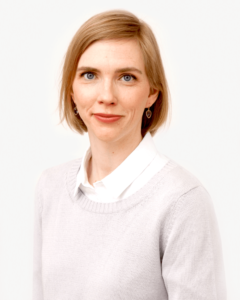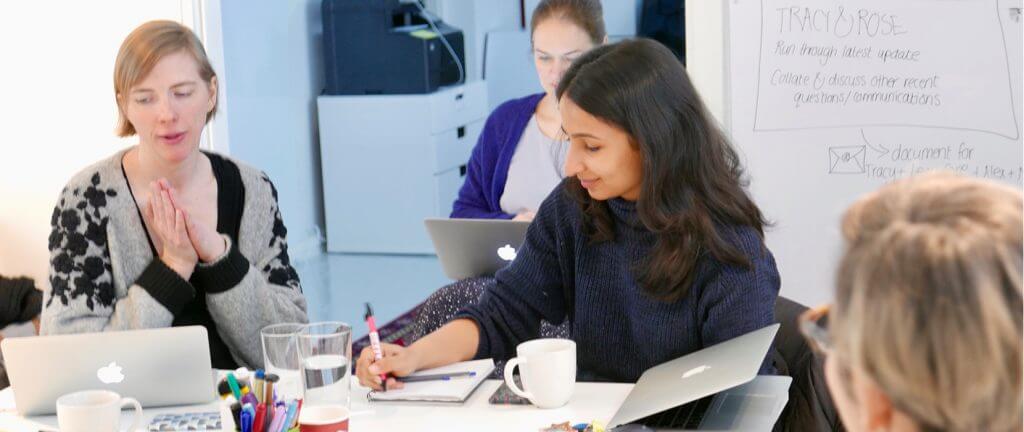Life course approach: a holistic view on woman’s health journey
Adolescence, sexual initiation, marriage and divorce. Menarche, pregnancy, and widowhood.
All examples of critical periods in the realm of women’s sexual and reproductive health, which change the needs, rights and responsibilities of a woman, and alter her identity and status. Life course approach maps out the transition points during a person’s lifetime that can significantly influence her health outcomes later on in life. These periods can be of biological, behavioural or psychosocial in nature.
“This approach makes us think about the underlying risks as well as protective factors, and how all these interplay during a person’s life course and across generations,” explains M4ID’s medical and public health advisor Dr. Mikaela Grotenfelt-Enegren. She leads the landscape analysis for M4ID’s Core project, which combines human-centred design and life course approach to offer insights and intervention for women’s sexual and reproductive health in Tanzania, Kenya, Nigeria and India.
Transition points as optimal intervention opportunities
Life course approach helps to shed light on the physiological, environmental and behavioural factors contributing to the onset of disease. By pinpointing the most crucial times for health interventions, it lends itself perfectly to risk reduction and disease prevention. Exactly the latter is where Grotenfelt-Enegren also sees the value of life course approach in M4ID’s Core project.
“By keeping the life course approach on the top of our minds and guiding our way forward, we will ensure that our focus will be on preventative and timely interventions that will prevent ill-health, instead of interventions that will only tackle the consequences of it.”
For example, if an adolescent girl on the brink of sexual initiation is provided with safe contraception, not only can she forgo the possibility of unwanted pregnancy, she will be more likely to continue her education and therefore get a better paid job when entering the working life. The earlier the interventions take place during the life course, the better the outcome. Thus, if girls are allowed access to family planning services, it will have a positive impact not only on their future health, but also on the health of their future children. This is most blatantly seen in the case of HPV-vaccine, which provides almost 100 per cent protection from the most common cervical cancer-causing strains of HPV, if all the doses are received at correct intervals.
The potential of life course approach and human-centred design combined
What the life course approach and human-centred design have in common is their shared vision of seeing the individual as key to understanding the problem, and thus as an integral part of the solution. Additionally, by focusing on the importance of the social context, life course approach helps us to see the surrounding macro-level systemic factors affecting the health outcomes of the individual.
Human-centred design involves the human perspective in all steps of the problem-solving process. It enables us to arrive at innovative solutions that are tailor-made to meet the needs of the local women and girls. This will in turn cut down the implementation costs as the solutions themselves are more likely to be embraced by the women and girls they are designed to serve.
Dr. Grotenfelt-Enegren says the two approaches go together very well. “Life course approach makes us think about how diseases could be prevented while human-centred design helps us innovate solutions that are easily taken up by the individual during the identified key transition periods.”
As part of the human-centred design research related to the Core project, M4ID team will also be exploring how the perception of health and wellbeing is formed during a woman’s life course. That is, how different risks are perceived, and how health outcomes are interpreted.
“This will further strengthen our basis, and the opportunities for impact on women’s health and wellbeing in the four target countries”, predicts Grotenfelt-Enegren.

In the Core project we look at women’s sexual and reproductive health with a life course appraoch and have identified 20 transition points that are critical periods in women’s lives.

Dr. Mikaela Grotenfelt-Enegren leads the landscape analysis for the Core project.

M4ID’s experts deepened their knowledge on the life course approach in a working session led by Dr. Mikaela Grotenfelt-Enegren.
Core in a nutshell
- Core is a ground-breaking three-year project aimed at better understanding, equipping and empowering women to lead healthier sexual and reproductive lives. The project is implemented in India, Kenya, Nigeria and Tanzania.
- The Core project uses a life course approach together with human-centred design methods to co-create and test new women-centred solutions for SRH and well-being. Within the life course, the project will focus on transition points – sensitive moments of change or disruption in a woman’s biological, psychological or social circumstances.
- Core’s field research is about to start in India and Nigeria this month. Read more about the project here.
Back to news
